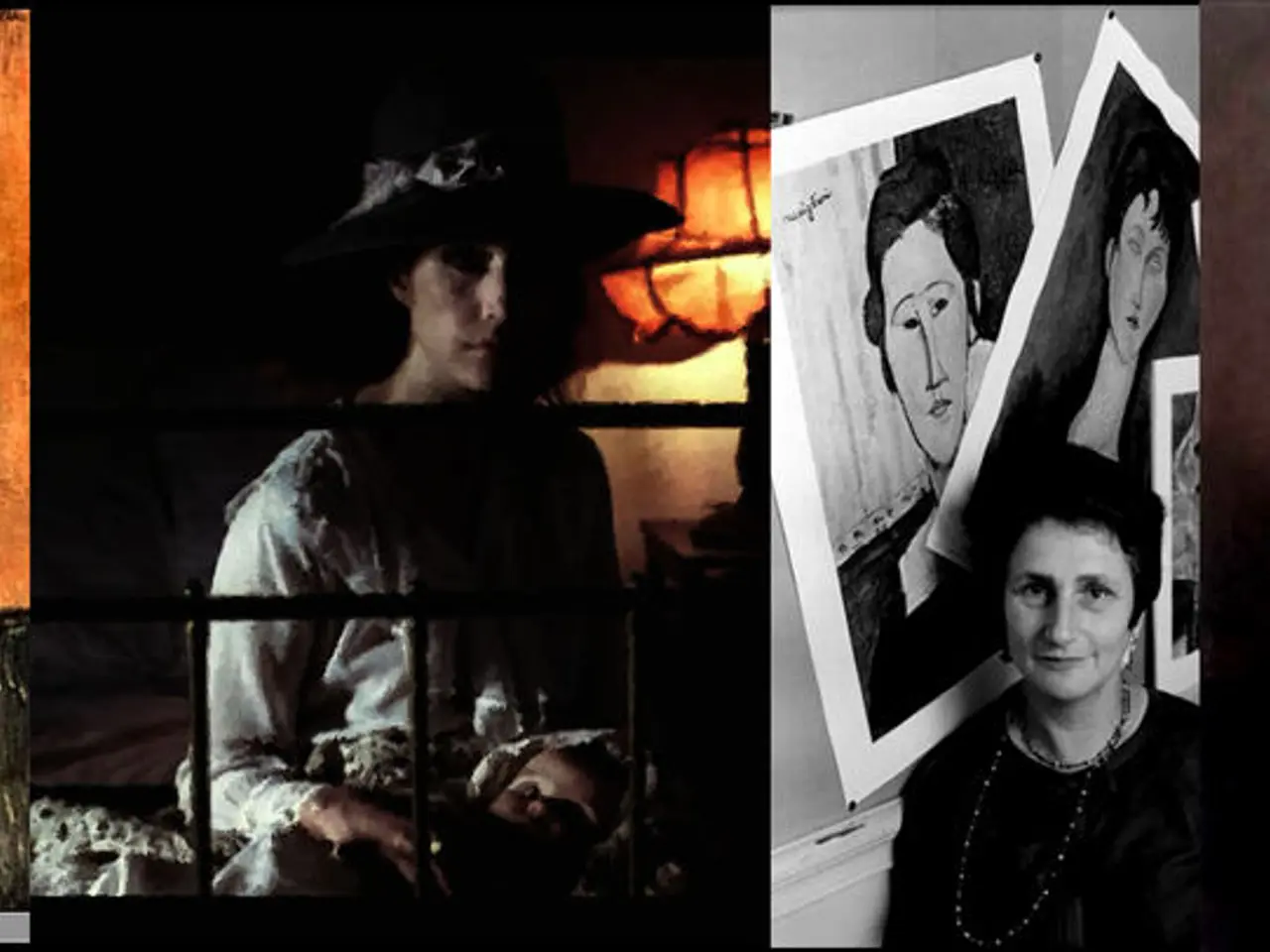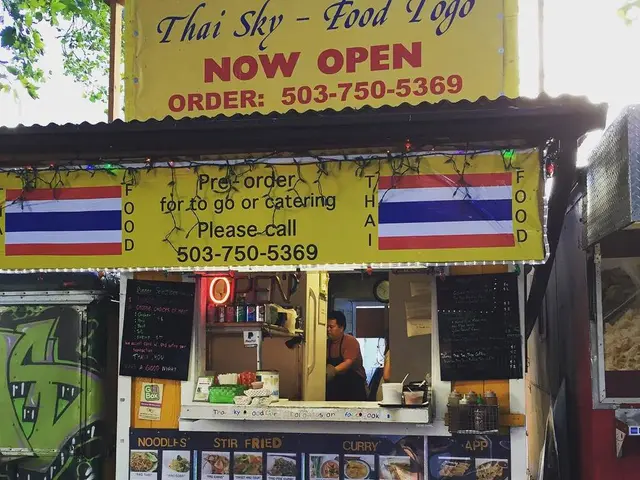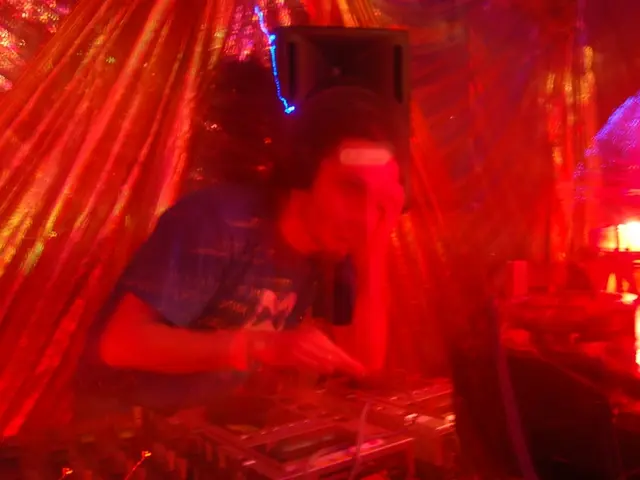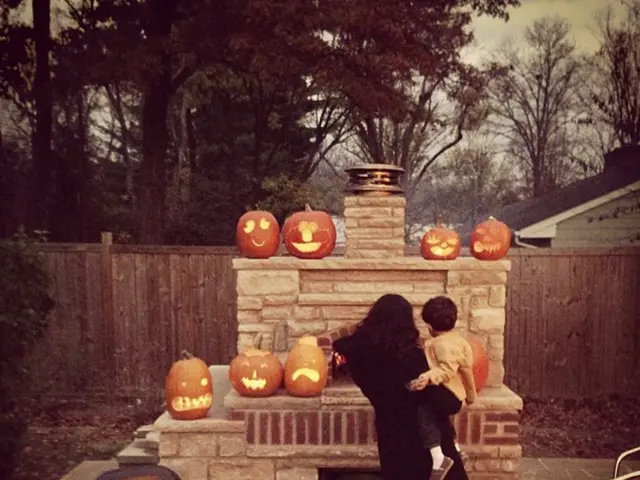Festive celebration marks a fresh portrayal of the futurist poet, Mayakovsky
In the heart of Russia, the Yekaterinburg Gorky Park named after Mayakovsky celebrated its birthday and that of the poet-futurist Vladimir Mayakovsky, with the third annual Mayakovsky-Fest. The festival, held this year, featured a lecture by Artem Surkov, a lecturer from Ural Federal University, dedicated solely to photo-poetry, focusing on Mayakovsky and Rodchenko as avant-garde artists who significantly influenced the development of the genre on a global scale.
Alexander Rodchenko (1891–1956), a foundational figure in Russian Constructivism, was a versatile artist who made significant contributions to painting, photography, graphic design, posters, and sculpture. His innovative photographic techniques, such as dramatic angles, high contrast, and dynamic compositions, broke with traditional perspectives and became a profound influence on 20th-century photography and visual communication.
Rodchenko is perhaps best known for his artistic partnership with Vladimir Mayakovsky, a collaboration that set new standards for politically engaged art and design in the early Soviet Union. Their joint work, especially for the journal *LEF* (Left Front of the Arts), combined Rodchenko’s bold visual style with Mayakovsky’s provocative poetry, creating a unified aesthetic that was both modern and politically charged.
The partnership between Rodchenko and Mayakovsky was instrumental in shaping the visual language of Soviet photography and propaganda. Rodchenko’s photographic experiments, such as shooting from unusual angles or emphasizing industrial and urban subjects, were complemented by Mayakovsky’s textual provocations, creating a unified aesthetic that was both modern and politically charged. Their work demonstrated how photography could transcend mere documentation and become a dynamic tool for social transformation.
Rodchenko's influence extended beyond his lifetime, with his techniques and ideas becoming foundational for subsequent generations of photographers and designers, both in Russia and internationally. The visual strategies he developed with Mayakovsky helped define the look of Soviet mass media and left a lasting imprint on the intersection of art, politics, and technology in the 20th century.
During the festival, sketches of newspaper clippings artfully connected to each other, capturing the spirit of the 1920s, were shown at Surkov's lecture. The author of this masterpiece is Alexander Rodchenko, who also contributed to the creation of Mayakovsky's unique image through his avant-garde photographs taken from 1924 to 1930.
Mayakovsky's image, with short hair emphasizing his face, is considered to have significantly impacted the visual language of the "new person." Advertising, as a mass-produced phenomenon, began around the start of the 20th century, and in the Soviet Union, it took on a unique form, resembling a constructor, as demonstrated by the 'ad-constructor' duo, consisting of young creators, who invented a new method for creating a modern image of goods and services in advertising.
The influence and impact of Rodchenko and Mayakovsky on photography and visual culture is difficult to trace, as ideas are often shared and repeated among creative individuals. However, their collaborative efforts remain a cornerstone in the development of Soviet and Russian photography, and their works have been showcased in some of the best museums in London and New York, often highlighted when discussing Soviet avant-garde art.
- The partnership between Alexander Rodchenko and Vladimir Mayakovsky, two influential figures in Russia's fashion-and-beauty and education-and-self-development scenes, significantly influenced the development of photography, particularly in the home-and-garden space of the Soviet Union.
- Today, their avant-garde works, showcased in top museums in London and New York, continue to inspire lifestyle innovations, still being referenced when discussing Soviet avant-garde art and visual culture.




